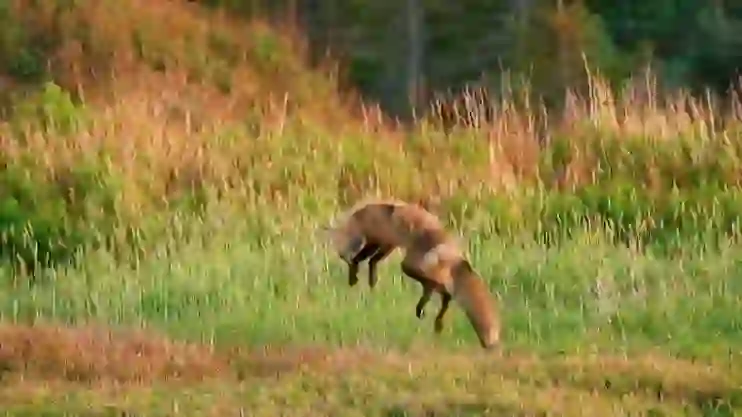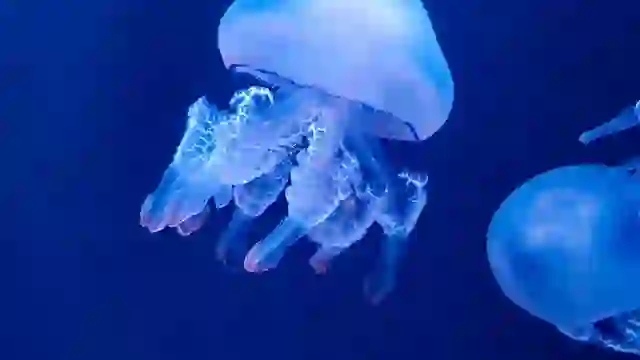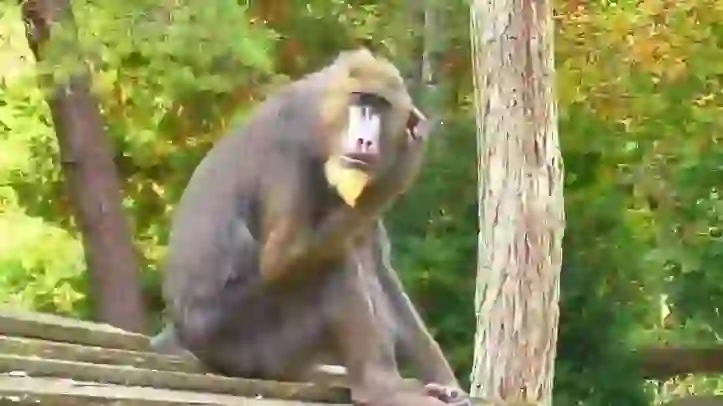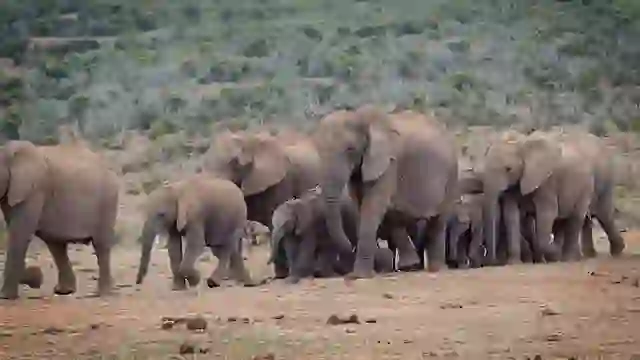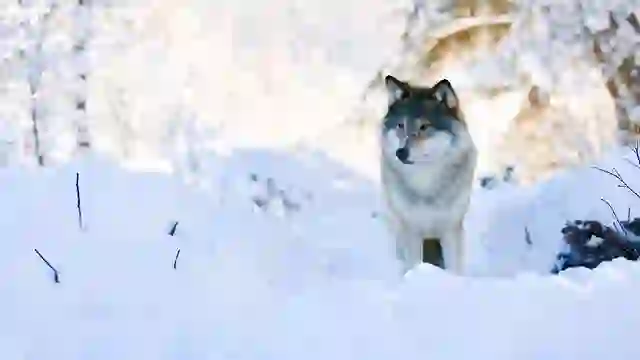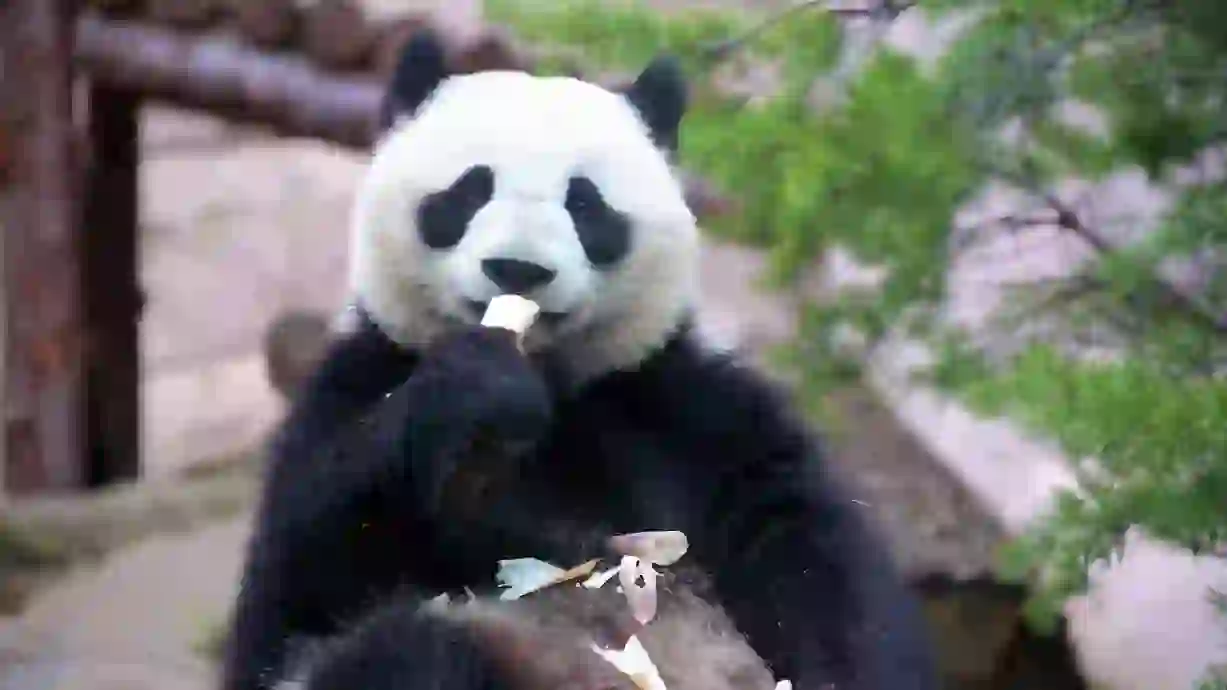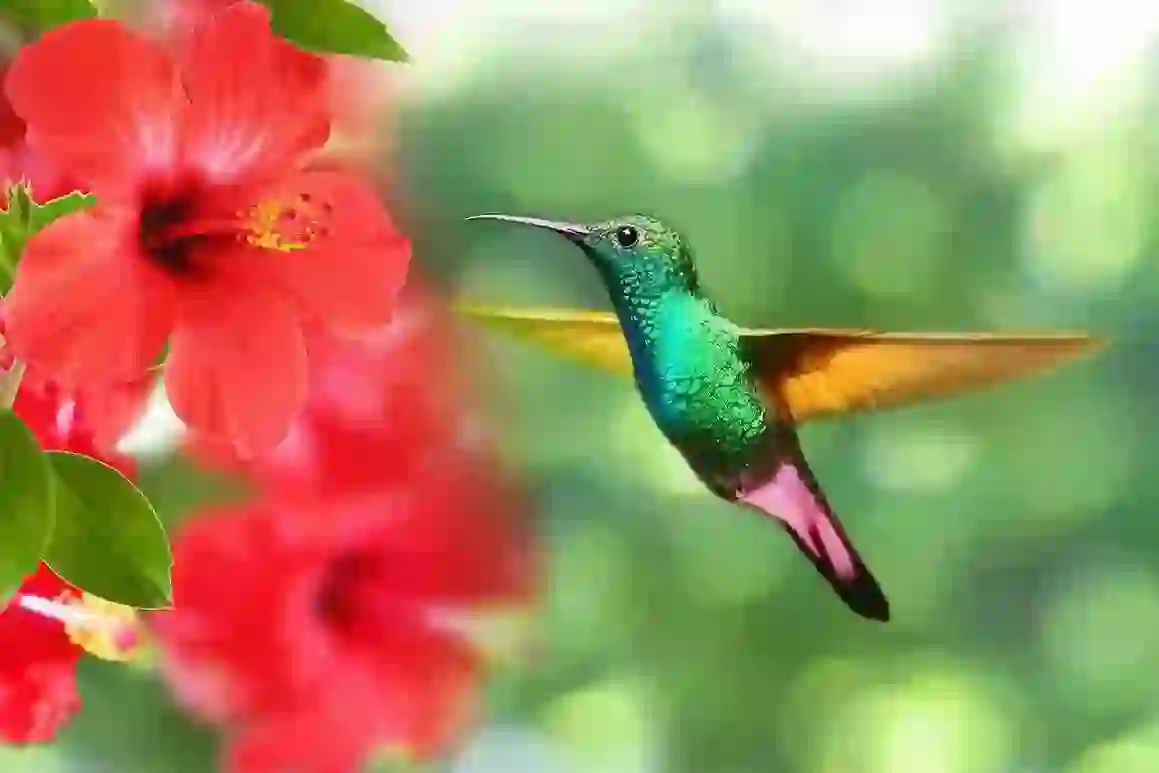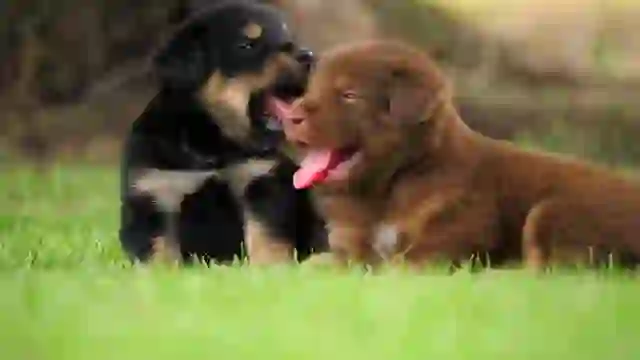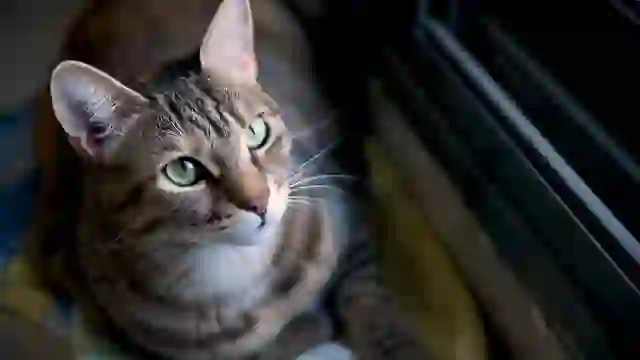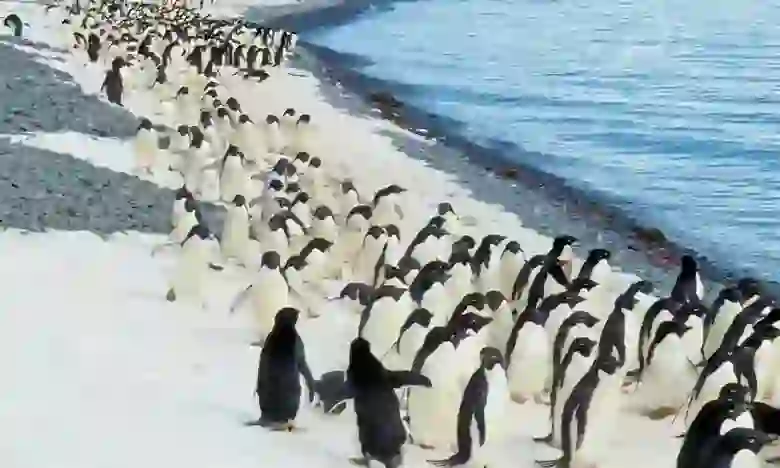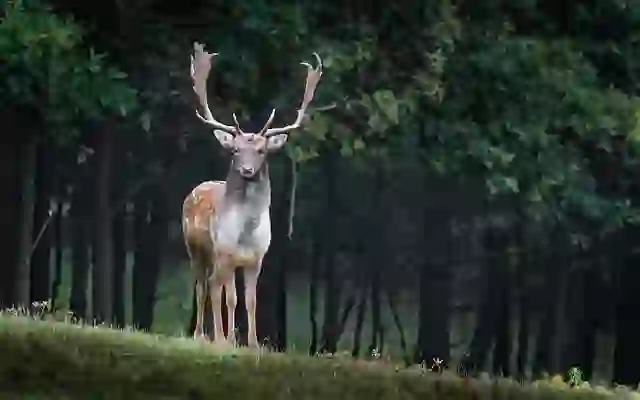
Western Grey Kangaroo
Western Grey Kangaroo
Western Grey Kangaroo
Across the vast eucalyptus forests and grasslands of southwestern Australia, the western grey kangaroo thrives, captivating people with its hardy and somewhat humorous appearance. Let's take a closer look at the ecology of the western grey kangaroo and the environment they call home.
Western Grey Kangaroo Basic Infomation
_female_with_joey_2.webp?alt=media)
| Property | Value |
|---|---|
| Scientific Name | Macropus fuliginosus |
| Taxonomic Status | ACCEPTED |
| Rank | SPECIES |
| Kingdom | Animalia |
| Phylum | Chordata |
| Class | Mammalia |
| Order | Diprotodontia |
| Family | Macropodidae |
| Genus | Macropus |
| Conservation Status | Least Concern |
| Species | Macropus fuliginosus |
_female_with_joey_2.webp?alt=media)
Size
Adult males can reach up to 1.6 meters in body length, while females are around 1.3 meters. Males are larger, weighing 40 to 54 kilograms, while females weigh 18 to 32 kilograms.
_male.webp?alt=media)
Lifespan
They live for about 12 to 18 years in the wild. In captivity, they can live for over 20 years.
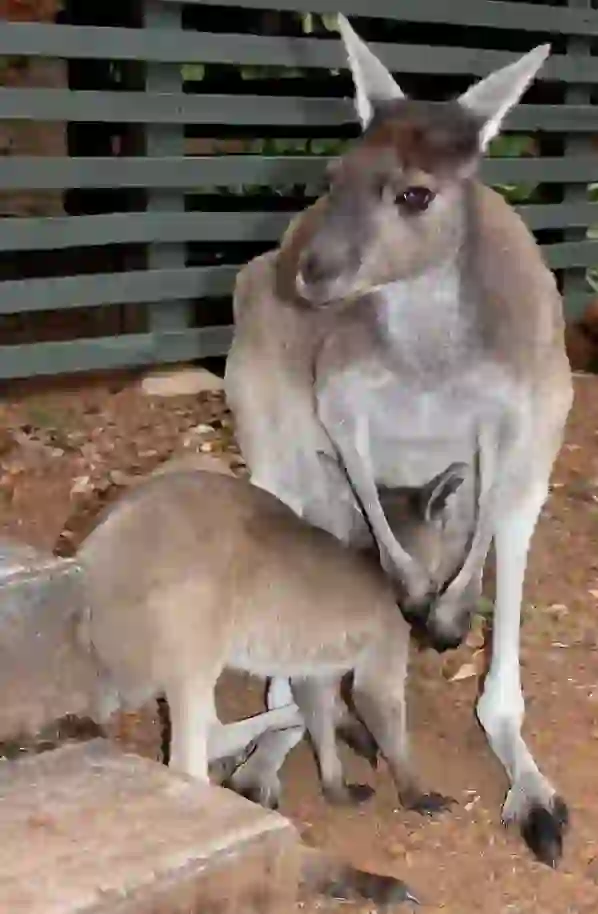
Distribution
They are widely distributed across southwestern and southern Australia, particularly in Western Australia, South Australia, Victoria, and southern New South Wales.
Western Grey Kangaroo Q&A
_female_with_joey_2.webp?alt=media)
What kind of kangaroo is the western grey kangaroo?
As its name suggests, the western grey kangaroo is a large kangaroo that inhabits the western part of Australia. They have grey to brown fur, and males are characterized by their dark faces and shoulders.
Western grey kangaroos also have shorter faces and larger noses than other kangaroos. They are adapted to a variety of environments, including eucalyptus forests, grasslands, and coastal areas.
_male.webp?alt=media)
What do western grey kangaroos eat?
Western grey kangaroos are herbivores, feeding primarily on grasses and leaves. They are most active in the mornings and evenings, foraging for food in grasslands with abundant grass and forests with plenty of leaves.
They can also eat eucalyptus leaves. Although eucalyptus leaves are toxic to other animals, western grey kangaroos have a specialized digestive system that can break down the toxins in eucalyptus leaves.

What kind of lives do they lead?
Western grey kangaroos live in groups called 'mobs.' The size of a mob can range from a few individuals to several dozen. Mobs consist of males, females, and young, with a dominant male taking the lead.
They spend the day resting in the shade of trees or ruminating. As evening approaches, they become active, searching for food and interacting with each other. Western grey kangaroos are very social animals and engage in various forms of communication within the mob. They communicate with each other by snorting, rubbing their bodies together, and grooming.
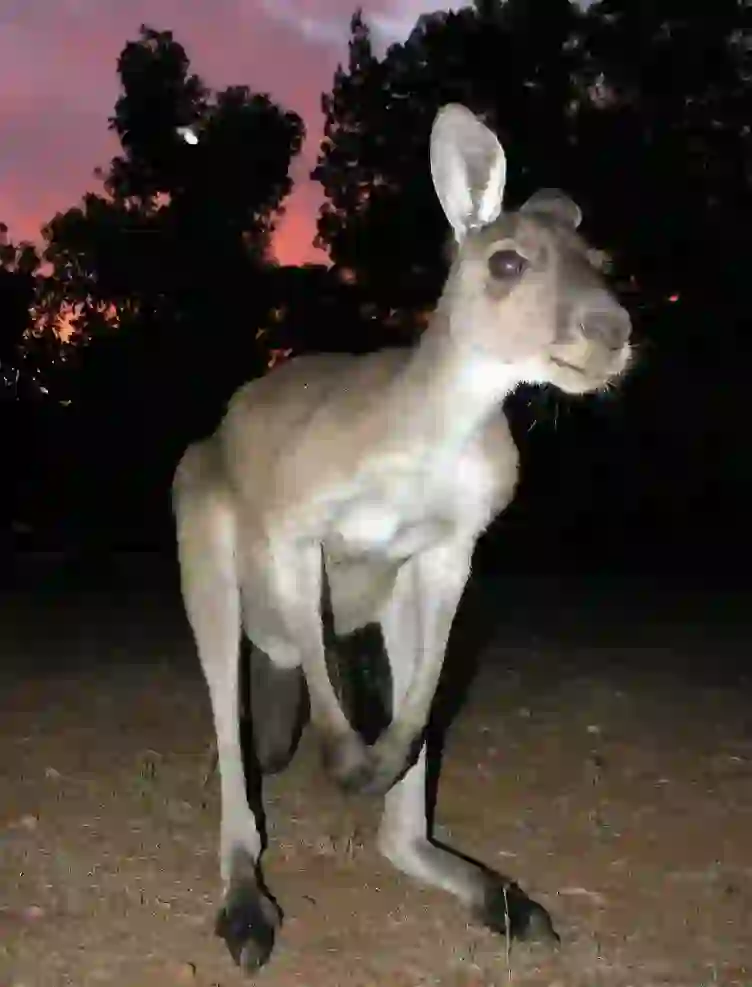
[Quiz!] Where do western grey kangaroo joeys grow up?
Western grey kangaroo babies, called 'joeys,' grow up in their mother's pouch, which is a special pocket on her belly. Newborn joeys are very small, pink, and hairless.
They crawl into their mother's pouch and stay there for about 10 months, nursing and growing. They can start peeking out of the pouch at around 5 to 6 months old. By the time they are a year old, they can leave the pouch and walk on their own.
_female_with_joey_2.webp?alt=media)
[Quiz!] What kind of sounds do western grey kangaroos make?
Western grey kangaroos are usually quiet. However, when they sense danger or call to their companions, they make a low "cluck-cluck" sound.
Males may also make a hissing sound, "shoo," when competing for females.
_male.webp?alt=media)
[Quiz!] Are western grey kangaroos endangered?
Western grey kangaroos are not currently endangered. They are widely distributed in Australia, and their population is stable.
However, their numbers are declining in some areas due to habitat destruction, road accidents, and attacks by dogs. In recent years, the impact of climate change has also become a concern. To protect western grey kangaroos, it is important to conserve their habitat and promote coexistence with humans.

Would you like to become a part of the 'Animalbook.jp'?
Turn your knowledge into Q&A and share it with the world. ※Publication will be activated after purchase. Let's share information together!
Western Grey Kangaroo Type of List
_female_with_joey_2.webp?alt=media)
Characteristics of Western Grey Kangaroos
- Inhabit southwestern and southern Australia
- Gray to brown fur
- Males have dark faces and shoulders
- Short face and large nose
- Herbivorous
- Eat eucalyptus leaves
- Live in groups called 'mobs'
Information
Congratulations! You are the first commenter!

Create Your Favorite List!
Western Grey Kangaroo
Save the animals you love! Build your own list to quickly revisit your favorites later.

Would you like to leave a comment?
※Please note: This is for the purchase of rights to post comments within the article.
Find Your Favorites!
Our shop offers a unique and attractive selection of goods themed around various animals.
Western Grey Kangaroo References
Western Grey Kangaroo Introduction of media used
_female_with_joey_2.webp?alt=media)
Charles J. Sharp, CC BY-SA 4.0, via Wikimedia Commons
_male.webp?alt=media)
Charles J. Sharp, CC BY-SA 4.0, via Wikimedia Commons

SeanMack, CC BY-SA 3.0, via Wikimedia Commons

SeanMack, CC BY-SA 3.0, via Wikimedia Commons
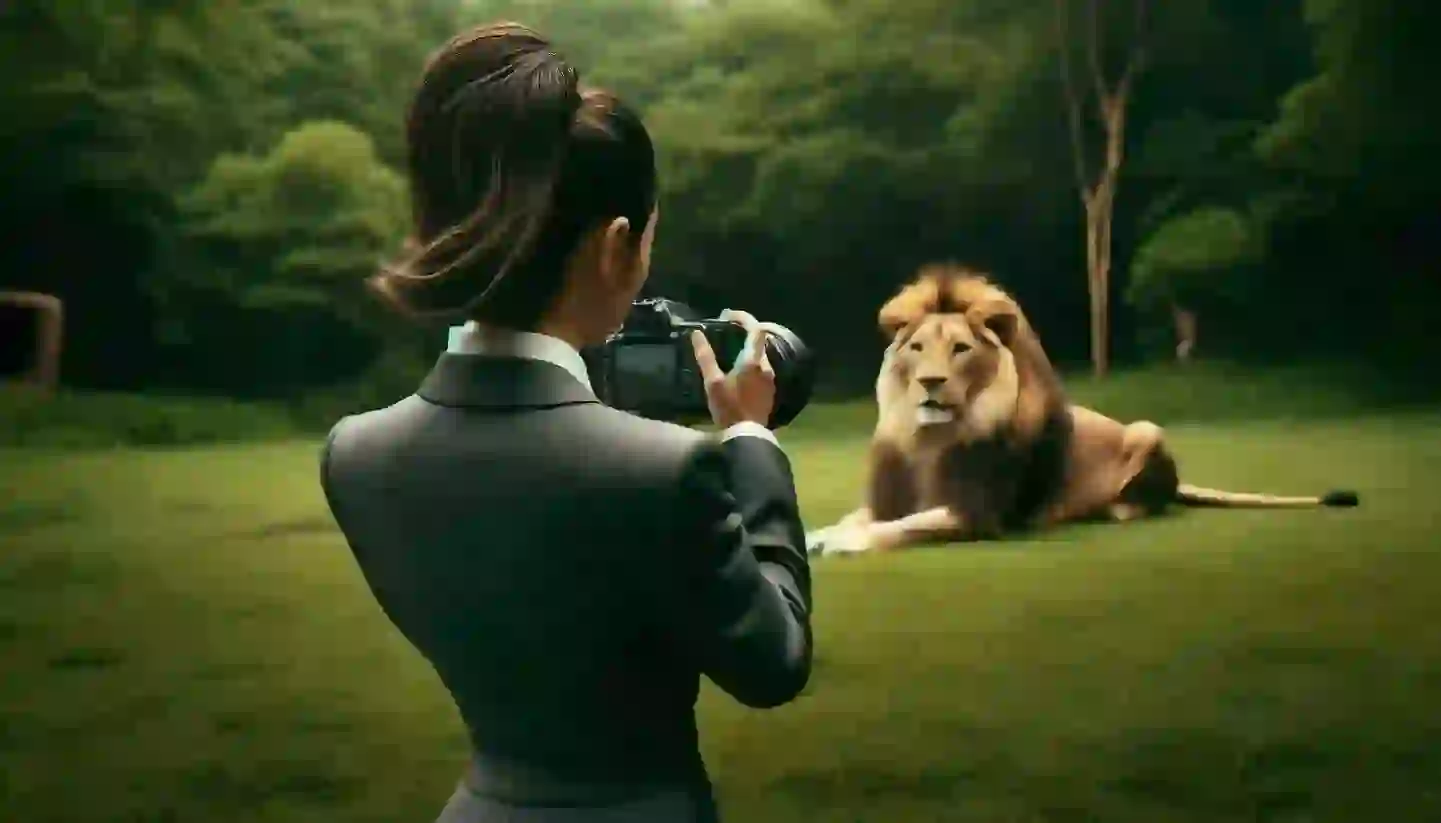
Help Enrich Our Animalbook.jp with Your Media!
We are constantly looking to expand and enrich our Animalbook.jp with amazing photos and videos of animals. If you have any media that you'd like to share, please contribute and help us showcase the beauty and diversity of the animal kingdom. Your submissions will be credited and featured in our encyclopedia, reaching a wide audience of animal lovers.



